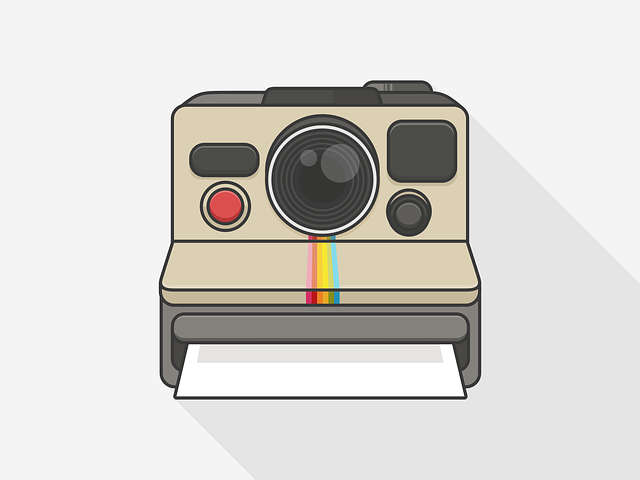 Photography is as much about creativity as it is about having reliable equipment. Studio tools such as lighting systems, cameras, and power supplies require consistent performance to produce stunning results. Equipment malfunctions during a shoot can disrupt workflows, cost valuable time, and damage your reputation. Preventative maintenance ensures your studio operates smoothly, allowing you to focus on your craft.
Photography is as much about creativity as it is about having reliable equipment. Studio tools such as lighting systems, cameras, and power supplies require consistent performance to produce stunning results. Equipment malfunctions during a shoot can disrupt workflows, cost valuable time, and damage your reputation. Preventative maintenance ensures your studio operates smoothly, allowing you to focus on your craft.
Why Preventative Maintenance Matters
Proper upkeep prevents breakdowns before they happen. Neglecting maintenance can lead to failures at critical moments, such as a flash not firing or a power surge damaging your camera. This is why commercial electrical maintenance is a key component of studio upkeep. Services like commercial electrical maintenance check your power supplies and ensure all electrical connections are stable, reducing risks of equipment failure.
Key Areas for Preventative Maintenance
1. Lighting Equipment
Lighting is the backbone of studio photography. To keep it reliable:
- Inspect bulbs and replace them regularly to maintain consistent brightness.
- Test connections and cables to avoid flickering or power loss.
- Clean fixtures to prevent dust buildup, which can affect performance and lifespan.
2. Power Supplies and Backup Systems
Unstable power can damage sensitive equipment. Protect your gear by:
- Use surge protectors to guard against voltage spikes.
- Scheduling routine electrical inspections for your studio.
- Maintaining backup batteries or generators to avoid downtime.
3. Cameras and Lenses
Your camera is your primary tool, so its upkeep is critical:
- Clean the sensor and lens regularly to avoid dust spots in images.
- Check for firmware updates to ensure compatibility and smooth functioning.
- Test shutter mechanisms to confirm the reliable operation.
4. Tripods and Support Gear
Tripods and mounts are often overlooked but are vital for stability:
- Tighten screws and hinges to maintain rigidity.
- Inspect legs for damage or looseness.
- Clean and lubricate moving parts to ensure smooth adjustments.
5. Computers and Editing Software
Post-production is equally important. Keep your workflow efficient by:
- Running software updates to fix bugs and add features.
- Backing up files to prevent data loss.
- Checking hardware like monitors and external drives for functionality.
Benefits of Regular Maintenance
Avoiding Downtime
Nothing disrupts a shoot more than unexpected equipment failure. Maintenance minimizes these risks and keeps your schedule on track.
Cost Savings
Repairing or replacing equipment is expensive. Preventative care reduces the likelihood of costly fixes.
Enhanced Performance
Well-maintained equipment delivers consistent results. It also boosts client satisfaction, as you can guarantee seamless sessions.
Tips for Staying Organized
To manage maintenance effectively:
- Create a Schedule: Plan inspections monthly or quarterly.
- Keep a Log: Track completed tasks and note any issues.
- Partner with Experts: Work with professionals to perform detailed checks on power supplies and other technical equipment.
READ ALSO: Affordable Backdrops for Product Photos
Conclusion
Preventative maintenance is more than a task—it’s an investment in your studio’s success. You’ll ensure your equipment is always ready to deliver by prioritizing regular checks and addressing minor issues early. Reliable tools mean fewer interruptions, lower costs, and a reputation for excellence that clients will trust.


